'Green' village blossoms in the desert
Construction on schedule
Germany's education and research ministry has donated around N$220 million to fund the first phase of the large-scale development.
Situated roughly 50 km from the nearest settlement in the heart of the arid Tsiseb conservation area, a 'green' village is taking shape.
The Daures Green Hydrogen Village is being built specifically in the middle of the desert due to the strong winds that blow over the open plains in this area.
The Tsiseb conservation area falls under the jurisdiction of the Daure Daman Traditional Authority.
Jerome Namaseb is the young CEO of the consortium and a founding member of Enersense Energy Namibia, which owns 90% of this ambitious development.
The traditional authority owns 7.5% of the project, and the Tsiseb conservation area holds a 2.5% stake.
In partnership with the Scientific Service Centre for Climate Change and Adaptive Land Management in Southern Africa (SASSCAL), and through the collaboration between the Namibian and German governments, Germany's education and research ministry has donated 12.1 million euros – or about N$220 million – to fund the first phase of this colossal development.
Ahead of schedule
According to Namaseb, approximately 66% of the construction has already been completed.
A second 130-metre-long meteorological tower has been erected, and the construction of greenhouses with drip irrigation systems is progressing 5% ahead of schedule. The establishment of the electrolyser is also ahead of schedule by 6%.
The 162 workers on the construction site of about 300 hectares, from the overall project area covering 1 500 hectares, are rapidly progressing with the set-up of laboratories, twelve housing units, 7 borehole dams, a solar power plant of 0.88 megawatts (MW), 0.1 MW wind turbines and an electrolyser plant of 0.25 MW, as well as a reverse osmosis facility to produce 18 tonnes of green hydrogen annually from brackish borehole water.
This will result in the production of 100 tonnes of ammonia per year, and ultimately, the first ammonium sulphate for fertiliser will be manufactured by next year.
Future outlook
Between 2024 and 2027, fertiliser production will increase significantly when 6.7 MW of solar power, 5.1 MW of wind power, and the electrolyser's capacity of 5 MW are utilised to produce 602 tonnes of hydrogen, 3 500 tonnes of ammonia, and 35 000 tonnes of ammonium sulphate on an annual basis.
Between 2029 and 2032, the plan is to increase capacity to 420 MW of solar power and 590 MW of wind power to drive the 420 MW electrolyser, enabling the production of 121 000 tonnes of hydrogen and 352 000 tonnes of ammonia per year.
After 2032, the project aims to increase solar power capacity to 840 MW, generate 1.18 gigawatts (GW) of wind power, and operate an 840 MW electrolyser to produce 240 000 tonnes of hydrogen and 700 000 tonnes of green ammonia for export purposes.
The first phase will initially require up to 70 cubic metres (m³) of water per day, to be reduced to 50 m³ per day at a later stage, which will be supplied by the boreholes.
Support the project
At the same time, the design of the village is progressing to bring a final investment decision closer, wind data is being measured, and ammonia production and renewable energy generation are being boosted to make production costs competitive in the region and the international market by 2030.
The initial electrolyser is expected to be commissioned by February next year, and the entire plant is anticipated to be operational by June 2024, Namaseb said.
Zacharias Seibeb, head of the Daure Daman Traditional Authority, said the project is progressing well, and he appealed to all Namibians to support the development.
He said the project presents a new opportunity in green hydrogen that, if successfully implemented, will be a significant advantage for all Namibians. If the project fails, he argued, it will signify a failure for all Namibians.
- [email protected]
The Daures Green Hydrogen Village is being built specifically in the middle of the desert due to the strong winds that blow over the open plains in this area.
The Tsiseb conservation area falls under the jurisdiction of the Daure Daman Traditional Authority.
Jerome Namaseb is the young CEO of the consortium and a founding member of Enersense Energy Namibia, which owns 90% of this ambitious development.
The traditional authority owns 7.5% of the project, and the Tsiseb conservation area holds a 2.5% stake.
In partnership with the Scientific Service Centre for Climate Change and Adaptive Land Management in Southern Africa (SASSCAL), and through the collaboration between the Namibian and German governments, Germany's education and research ministry has donated 12.1 million euros – or about N$220 million – to fund the first phase of this colossal development.
Ahead of schedule
According to Namaseb, approximately 66% of the construction has already been completed.
A second 130-metre-long meteorological tower has been erected, and the construction of greenhouses with drip irrigation systems is progressing 5% ahead of schedule. The establishment of the electrolyser is also ahead of schedule by 6%.
The 162 workers on the construction site of about 300 hectares, from the overall project area covering 1 500 hectares, are rapidly progressing with the set-up of laboratories, twelve housing units, 7 borehole dams, a solar power plant of 0.88 megawatts (MW), 0.1 MW wind turbines and an electrolyser plant of 0.25 MW, as well as a reverse osmosis facility to produce 18 tonnes of green hydrogen annually from brackish borehole water.
This will result in the production of 100 tonnes of ammonia per year, and ultimately, the first ammonium sulphate for fertiliser will be manufactured by next year.
Future outlook
Between 2024 and 2027, fertiliser production will increase significantly when 6.7 MW of solar power, 5.1 MW of wind power, and the electrolyser's capacity of 5 MW are utilised to produce 602 tonnes of hydrogen, 3 500 tonnes of ammonia, and 35 000 tonnes of ammonium sulphate on an annual basis.
Between 2029 and 2032, the plan is to increase capacity to 420 MW of solar power and 590 MW of wind power to drive the 420 MW electrolyser, enabling the production of 121 000 tonnes of hydrogen and 352 000 tonnes of ammonia per year.
After 2032, the project aims to increase solar power capacity to 840 MW, generate 1.18 gigawatts (GW) of wind power, and operate an 840 MW electrolyser to produce 240 000 tonnes of hydrogen and 700 000 tonnes of green ammonia for export purposes.
The first phase will initially require up to 70 cubic metres (m³) of water per day, to be reduced to 50 m³ per day at a later stage, which will be supplied by the boreholes.
Support the project
At the same time, the design of the village is progressing to bring a final investment decision closer, wind data is being measured, and ammonia production and renewable energy generation are being boosted to make production costs competitive in the region and the international market by 2030.
The initial electrolyser is expected to be commissioned by February next year, and the entire plant is anticipated to be operational by June 2024, Namaseb said.
Zacharias Seibeb, head of the Daure Daman Traditional Authority, said the project is progressing well, and he appealed to all Namibians to support the development.
He said the project presents a new opportunity in green hydrogen that, if successfully implemented, will be a significant advantage for all Namibians. If the project fails, he argued, it will signify a failure for all Namibians.
- [email protected]



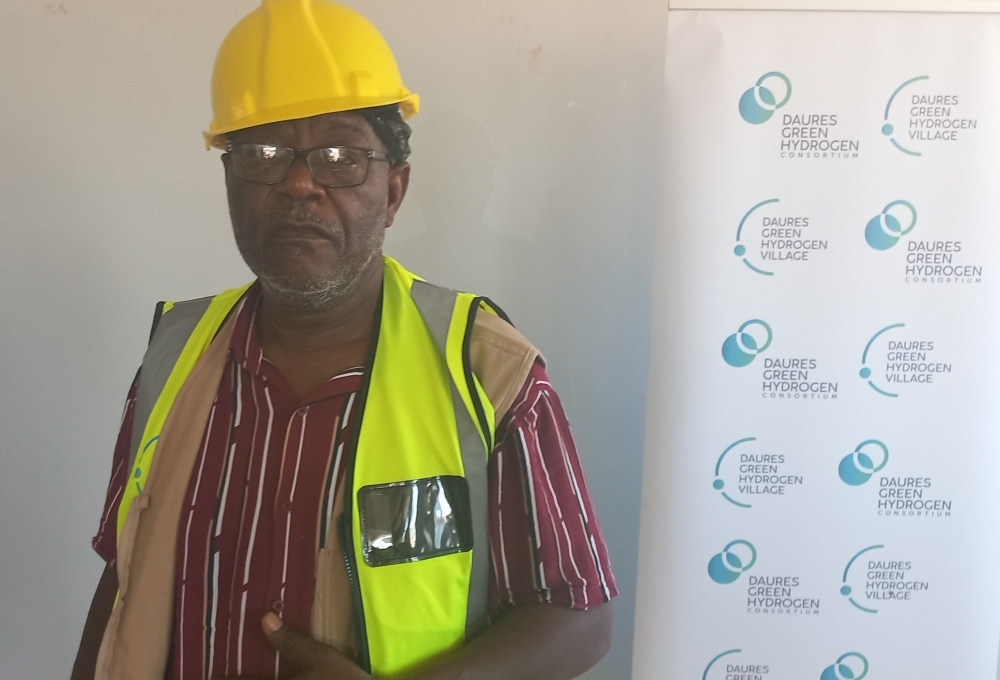

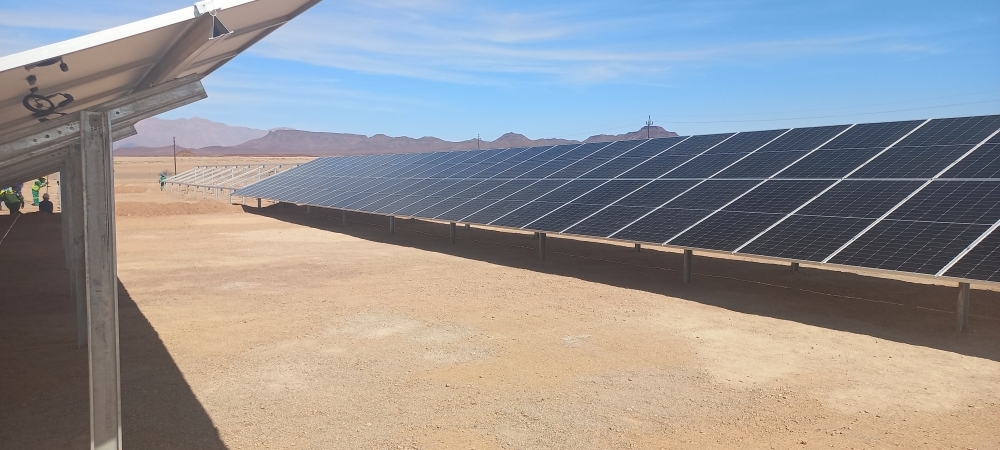
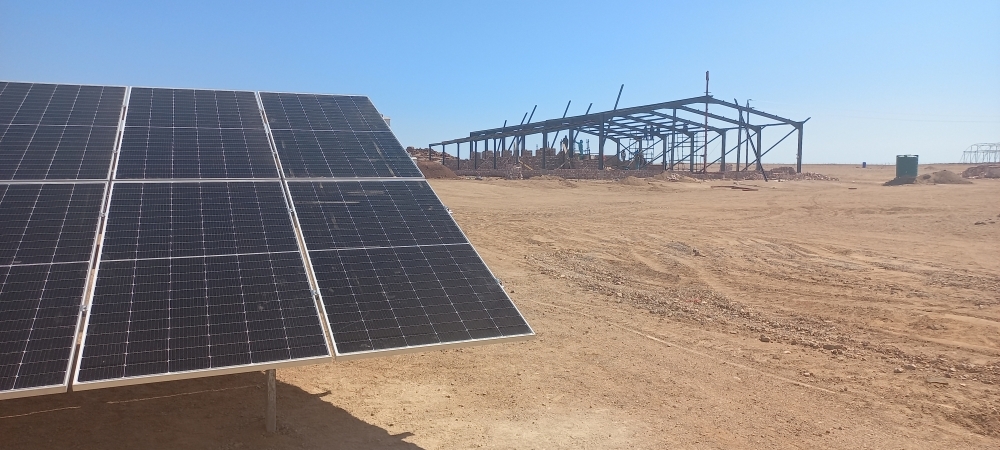
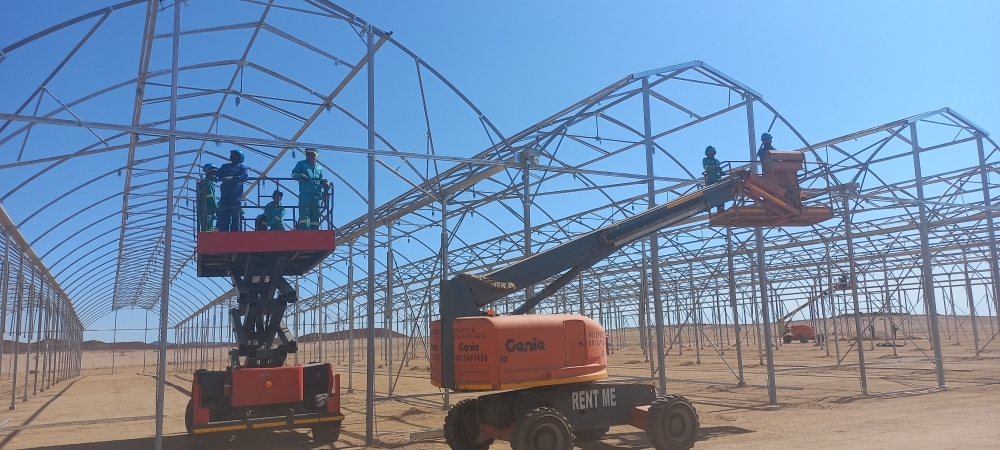
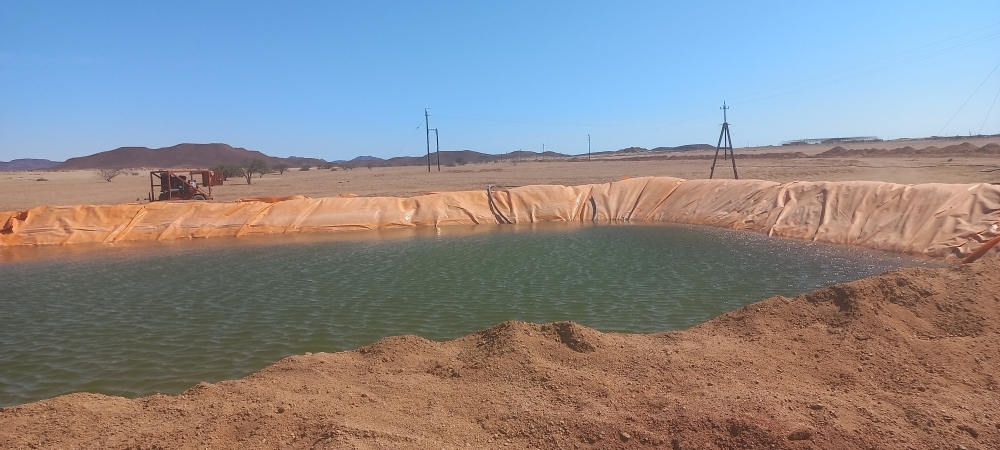
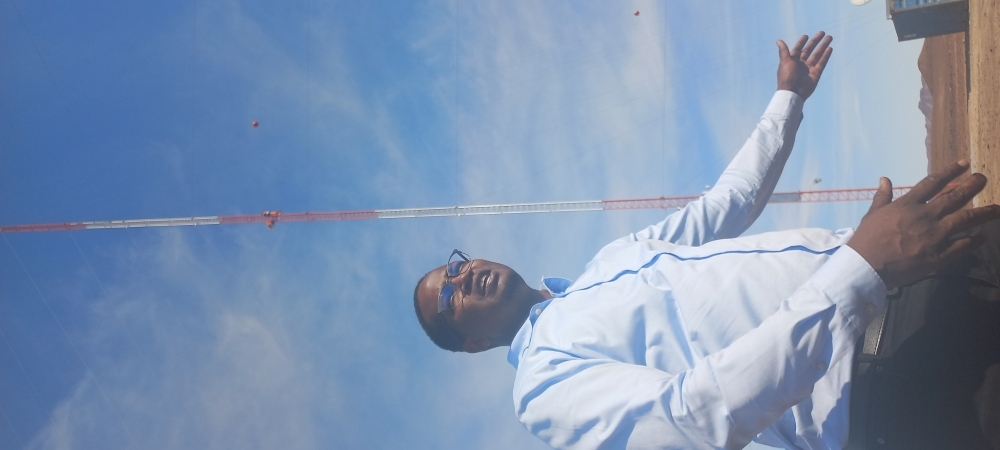


Comments
Namibian Sun
No comments have been left on this article